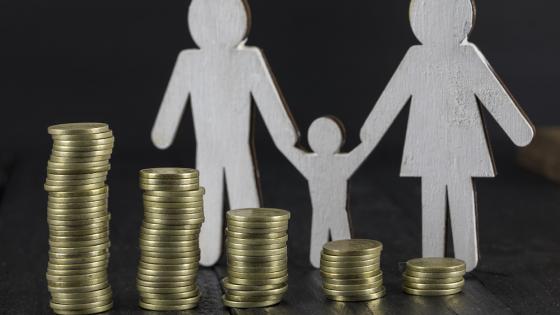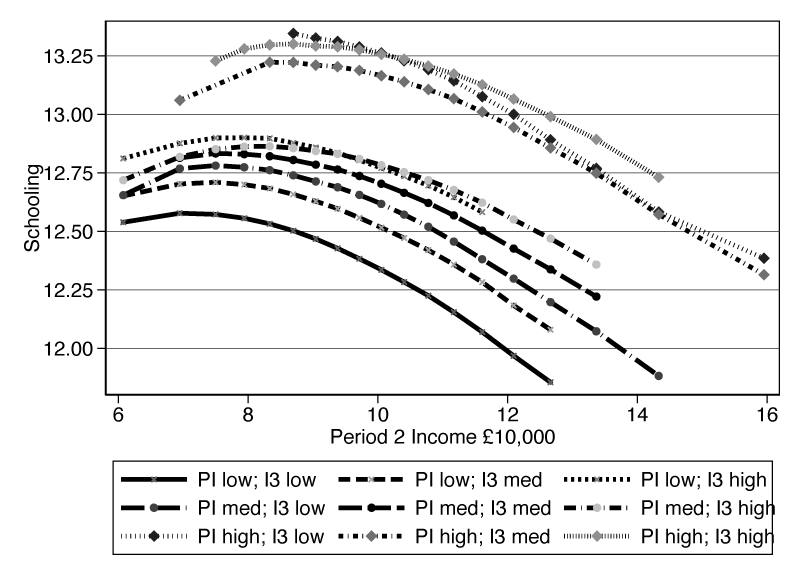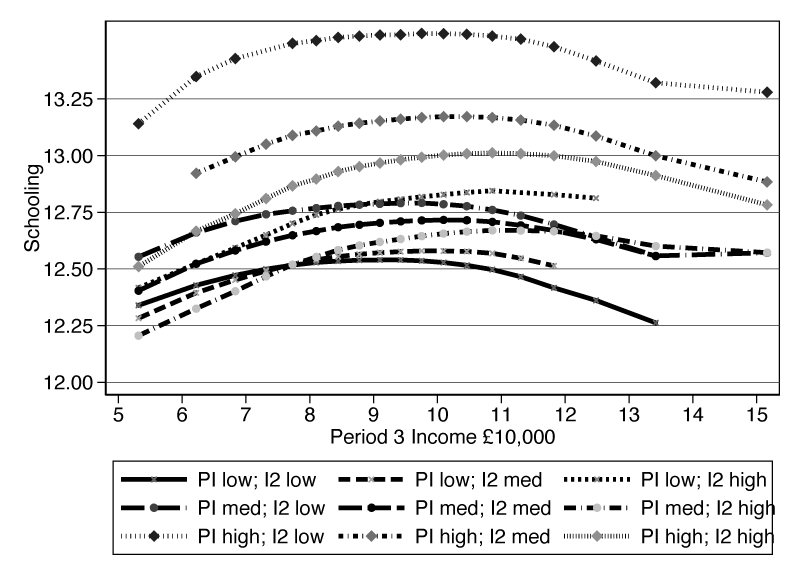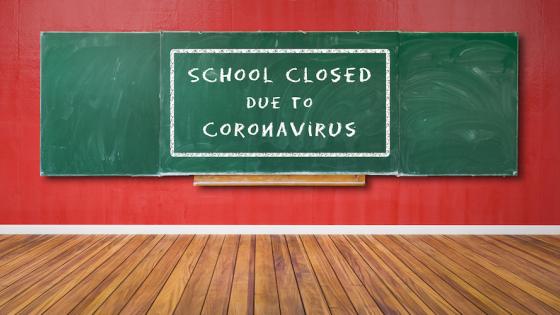The COVID-19 pandemic has created a crisis for children that is expected to reduce their skills, or human capital, through the effect of school closures (Burgess and Sievertsen 2020, Fuchs-Schündeln et al. 2020), as well as through parental job and income loss and mental health issues (Moroni et al. 2020). Economic evidence suggests that the negative consequences are likely to be much worse for children from poorer backgrounds (Tominey 2020) whose reaction to negative events is larger than for other children. Because learning begets learning (Carneiro et al. 2020), there is likely to be a long-term loss of child skills and targeted government policy is crucial.
One policy option is to increase income levels for households with children through cash transfers or tax credits, in the hope that higher household income may improve parental investments in children and child outcomes. Economists and sociologists have long investigated the extent to which the income of one generation is linked to the income of their parents – the degree of intergenerational mobility. Our new research (Carneiro et al. 2020) shows that the timing of income across childhood may be as or more important than a single measure of parents’ income.
As standard economic models analyse the effect of parents’ earnings on child earnings later in life, most empirical studies of intergenerational mobility collapse the childhood years into a single period of life (e.g. Becker and Tomes 1979, 1986). More realistic models of parental investments in children, however, distinguish several stages of childhood (e.g. Cunha and Heckman 2007, Cunha et al. 2010, Caucutt and Lochner 2020).
We extend the literature on intergenerational transmission by examining the relationship between adult outcomes of children and the timing of parental income during their childhood years. Using administrative data from Norway, we measure a wide range of child outcomes, including years of schooling, earnings at age 30, dropout from high school, college attendance, IQ, and teen pregnancy. To simplify the empirical procedure, we divide childhood into three periods: early (ages 0–5), middle (ages 6–11) and late (ages 12–17).
A first important finding highlights that child success increases in households where parents’ income is higher in either the early childhood (age 0–5) or during adolescence (age 12–17), compared to middle childhood (age 6–11).
Figure 1 plots out the change in child’s years of schooling on the y-axis when income in middle childhood is increased at the same time as income in early childhood is decreased across the horizontal axis, keeping the family lifetime permanent income (the sum of income between ages 0-17) constant.
Figure 1 Child’s years of schooling by parental income: middle childhood income increased, early childhood income decreased
For many different levels of lifetime permanent income, the general pattern is downward sloping – telling us that child schooling is lower in households with relatively high income at age 6–11 but low income at age 0–5, compared to households whose income is higher in the early years.
From the figure, the general finding in the literature that children do better in households with high permanent income (PI high compared to PI low) is confirmed. However, we also find that for a given level of permanent income, the timing of income matters. A similar pattern is seen in Figure 2, which compares income in middle childhood to income in adolescence along the vertical axis.
Figure 2 Child’s years of schooling by parental income: middle childhood income vs adolescence income
Second, child success is higher when parents have a stable level of income across early childhood and adolescence. On the vertical axis in Figure 3, income is initially high in the early years at age 0–5 and falls across the vertical axis, whereas income in adolescence age 11–17 starts low and rises across the vertical axis. The effect on child years of schooling is initially positive.
Figure 3 Child’s years of schooling by parental income: High early-childhood income and adolescence income
Moving from low income in adolescence and high income in early childhood to a more balanced profile, child schooling rises. Then once income is more balanced across these two periods, further increases in adolescent parental income and falls in early childhood income causes child schooling to fall.
Why is this? When parents’ income increases or falls, the money they spend on their children will change, which consequently changes how well a child does in life. A balanced level of income across early childhood and adolescence may improve the child’s success because there are dynamic complementarities in the effect of parent investments across time – whereby the ‘return’ to investments in early childhood is increasing in the level of investments in adolescence, and vice versa.
The empirical procedure compares outcomes of children across families with different income profiles across the three periods of childhood, but with the same permanent income. This means that the analysis compares two households with the same level of permanent income but a different profile of income across the stages of childhood.
We observed all children born in Norway between 1971 and 1980 and matched the income of both parents in each year of childhood between 0–18 and a wide range of child outcomes across adolescence and early adulthood.
References
Becker, Gary S, and Nigel Tomes (1979), “An equilibrium theory of distribution of income and intergenerational mobility”, Journal of Political Economy 87(6): 1153–89.
Becker, Gary S, and Nigel Tomes (1986), “Human capital and the rise and fall of families”, Journal of Labor Economics 4(3 Pt. 2): 1–47.
Cunha, Flavio, and James Heckman (2007), “The technology of skill formation”, American Economic Review 97(2): 31–47.
Burgess, Simon, and Hans Henrik Sievertsen (2020), “Schools, skills, and learning: The impact of COVID-19 on education”, VoxEU.org, 1 April.
Carneiro, Pedro, Italo Lopez Garcia, Kjell G Salvanes and Emma Tominey (2020), “Intergenerational mobility and the timing of parental income”, Journal of Political Economy, forthcoming.
Caucutt, Elizabeth M, and Lance Lochner (2020), “Early and late human capital investments, borrowing constraints, and the family”, Journal of Political Economy 128(3).
Cunha, Flavio, James J Heckman and Susanne M Schennach (2010), “Estimating the technology of cognitive and noncognitive skill formation”, Econometrica 78(3): 883–931.
Fuchs-Schündeln, Nicola, Dirk Krueger, Alexander Ludwig and Irina Popova (2020), “The long-term effects of school closures”, VoxEU.org, 12 November.
Moroni, Gloria, Cheti Nicoletti and Emma Tominey (2020), “Children’s socio-emotional skills and the home environment during the COVID-19 crisis”, VoxEU.org, 9 April.
Tominey, Emma (2020), “How might the crisis affect children from poorer backgrounds?”, Economic Observatory, 10 June.









